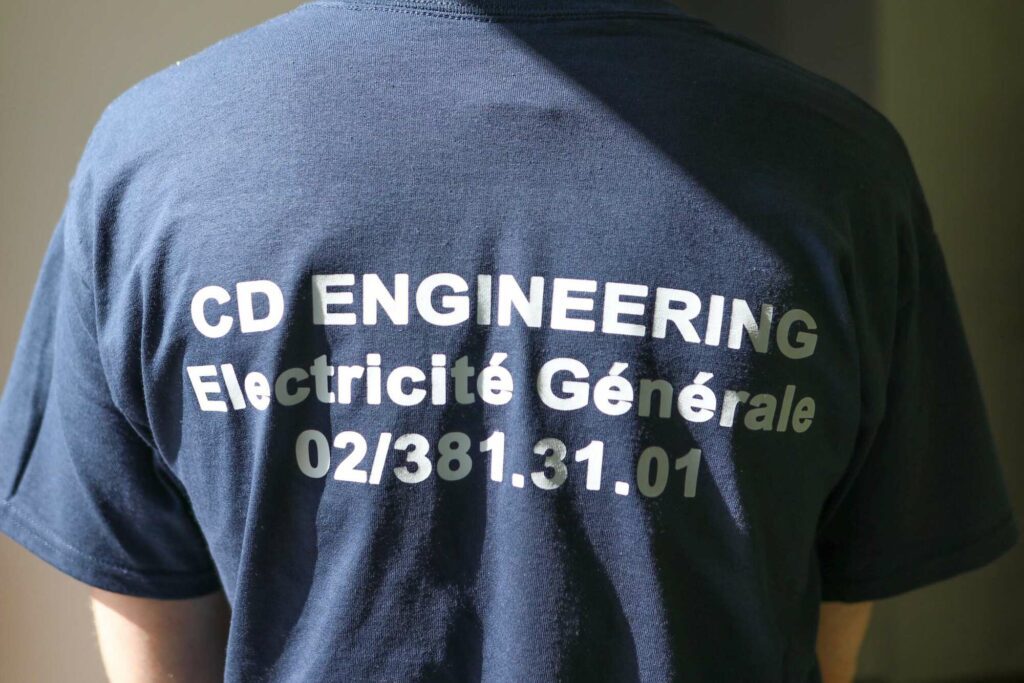For many of us, the electrical grounding plug is a totally harmless object. We use it every day to make coffee, recharge our batteries or watch television. However, behind this small object in appearance banal fixed in our walls, hides an essential element for our safety and that of our dwelling: the grounding plug. CD Engineering, electrician in Brussels, comes back with you on the basic notions of electrical grounding.
In practice, the earth connection is used to divert electricity that would escape from a defective appliance. This detour is done through a conductive cable connected to a stake buried in the ground. This is called grounding. It is therefore a matter of transferring the electrical voltage to the ground instead of propagating it through a person’s body. As it can sometimes happen to have electrical appliances with a stripped cable or malfunctioning, the role of the electrical ground is to avoid the risk of accidents such as electrification or electrocution. Unfortunately, domestic accidents happen to everyone. Be aware that the risks are even greater if you have children.

On the one hand, the earth connection protects you from dangers such as the risk of electrocution due to a defect. Coupled with a circuit breaker, it will directly de-energize the connection. In addition, it is legally required by the Regulation of Electrical Installations (RGIE), which states that each electrical outlet must be equipped with an earth terminal and a device for measuring and checking the amount of electricity flowing through it. This device is called a “ground fault circuit interrupter” or “grounding switch”. In the event of a severe storm and lightning strike, the electrical circuit is broken and the electrical voltage is sent directly to the ground rod to which it is connected by a wire. The ground fault circuit interrupter is an essential device for your safety.
Yes, it is possible to do your own electrical installation. However, we strongly recommend that you call on a certified electrician such as CD Engineering. Whether it is a new construction and therefore an electrical installation or an electrical renovation, it is essential to follow the many rules in force concerning electrical outlets.
Beyond a certain type of socket to be installed, the electrical standard also imposes rules on the number of sockets to be equipped per room, on the electrical wire and the connection to be used… Moreover, it is particularly demanding. This standard also concerns bathrooms, in view of the increased risks for your safety. As you know, water and electricity have never been a good combination!
Do you want to be in order regarding electrical standards and not take any risks? Get in touch with a compliance professional now. Your comfort and especially your safety are at stake, so be very careful with electricity.
How useful was this post?
Click on a star to rate it!
Average rating 0 / 5. Vote count: 0
No votes so far! Be the first to rate this post.
Last posts:
Contact us
Bruxelles
Place du champs de Mars, 5
1050 Ixelles
Linkebeek
Chaussée d'Alsemberg, 95
1630 Linkebeek